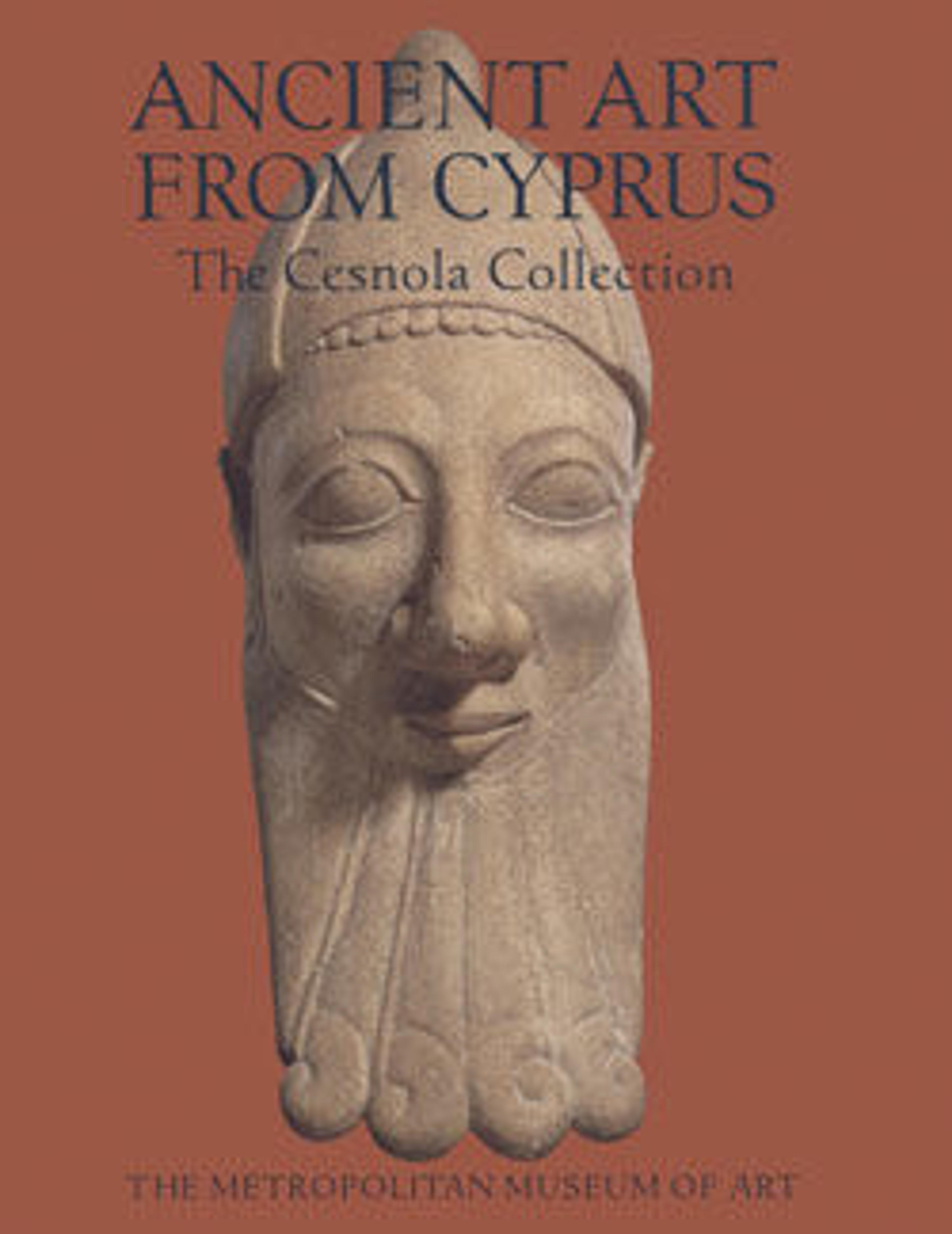Cylinder seal and modern impression: hunter spearing a lion before deity with staff
Although engraved stones had been used as early as the seventh millennium B.C. to stamp impressions in clay, the invention in the fourth millennium B.C. of carved cylinders that could be rolled over clay allowed the development of more complex seal designs. These cylinder seals, first used in Mesopotamia, served as a mark of ownership or identification. Seals were either impressed on lumps of clay that were used to close jars, doors, and baskets, or they were rolled onto clay tablets that recorded information about commercial or legal transactions. The seals were often made of precious stones. Protective properties may have been ascribed to both the material itself and the carved designs. Seals are important to the study of ancient Near Eastern art because many examples survive from every period and can, therefore, help to define chronological phases. Often preserving imagery no longer extant in any other medium, they serve as a visual chronicle of style and iconography.
The modern impression of the seal is shown so that the entire design can be seen. This seal shows two figures holding weapons and attacking a rearing lion. The figure on the left wears a short kilt and headdress with two small horns in the front, topped by a winged sun disc. The figure to the right is winged and wears a cloak with heavy borders and a tall conical headdress. Above the lion is a kneeling griffin-demon. Next to this scene the pictorial field is divided into three registers. At the top is a bull's head; in the middle are two birds; at the bottom is a seated lion.
The modern impression of the seal is shown so that the entire design can be seen. This seal shows two figures holding weapons and attacking a rearing lion. The figure on the left wears a short kilt and headdress with two small horns in the front, topped by a winged sun disc. The figure to the right is winged and wears a cloak with heavy borders and a tall conical headdress. Above the lion is a kneeling griffin-demon. Next to this scene the pictorial field is divided into three registers. At the top is a bull's head; in the middle are two birds; at the bottom is a seated lion.
Artwork Details
- Title: Cylinder seal and modern impression: hunter spearing a lion before deity with staff
- Period: Middle Bronze Age
- Date: ca. 17th century BCE (?)
- Geography: Cyprus or Syria
- Medium: Black hematite
- Dimensions: 0.94 in. (2.39 cm)
- Credit Line: The Cesnola Collection, Purchased by subscription, 1874–76
- Object Number: 74.51.4308
- Curatorial Department: Ancient West Asian Art
More Artwork
Research Resources
The Met provides unparalleled resources for research and welcomes an international community of students and scholars. The Met's Open Access API is where creators and researchers can connect to the The Met collection. Open Access data and public domain images are available for unrestricted commercial and noncommercial use without permission or fee.
To request images under copyright and other restrictions, please use this Image Request form.
Feedback
We continue to research and examine historical and cultural context for objects in The Met collection. If you have comments or questions about this object record, please complete and submit this form. The Museum looks forward to receiving your comments.
